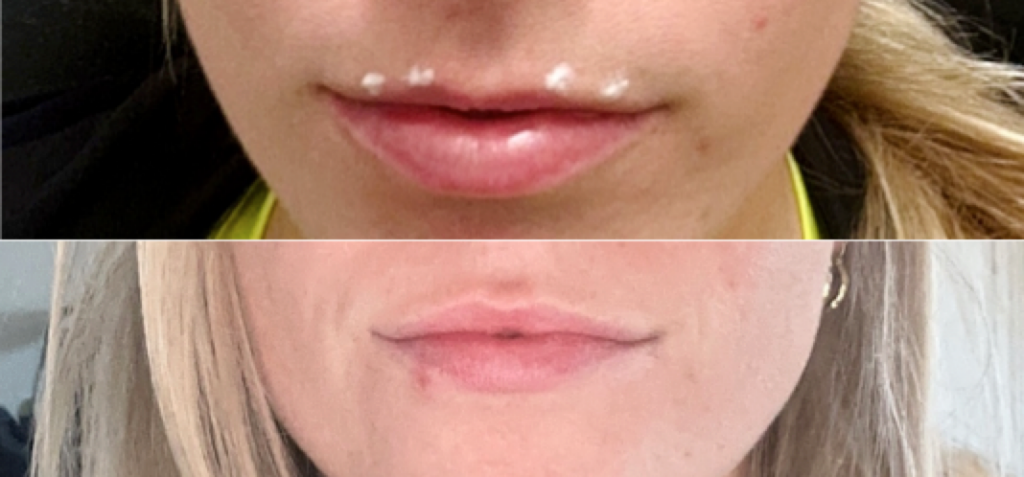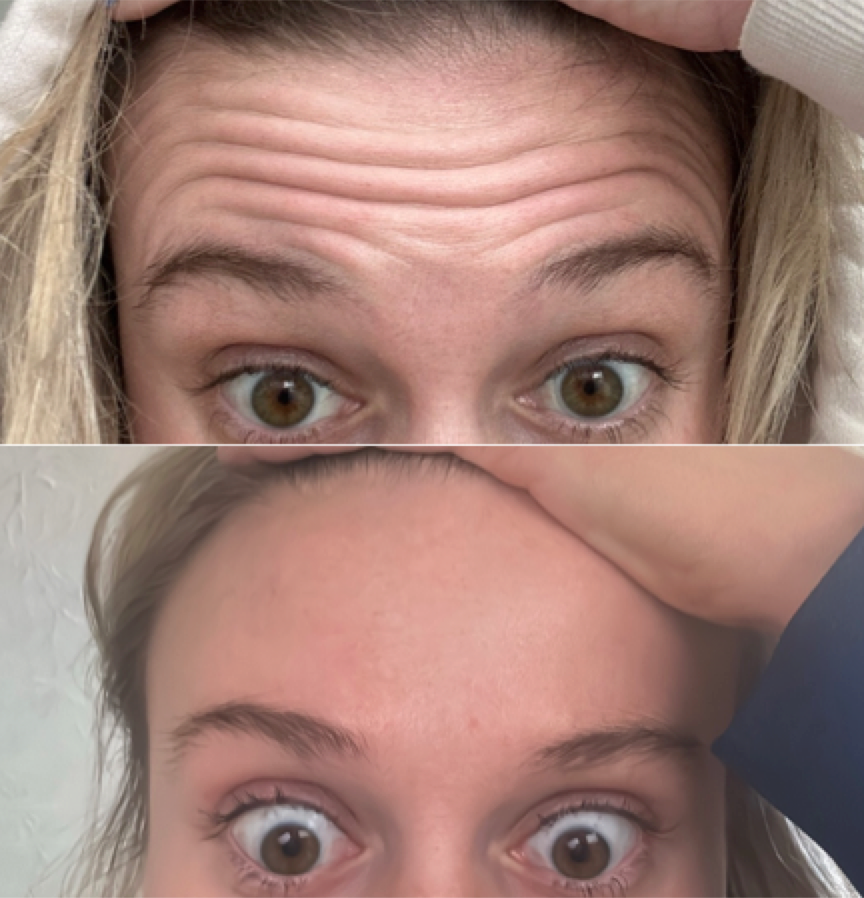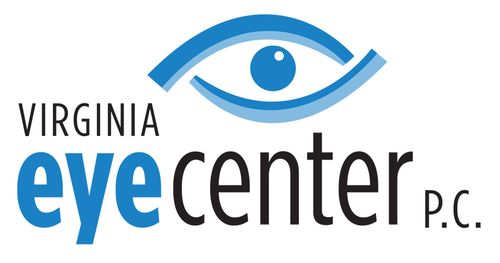
For patients who wish to look and feel younger, our physicians offer Botox injections. These injections can also help treat certain medical conditions.
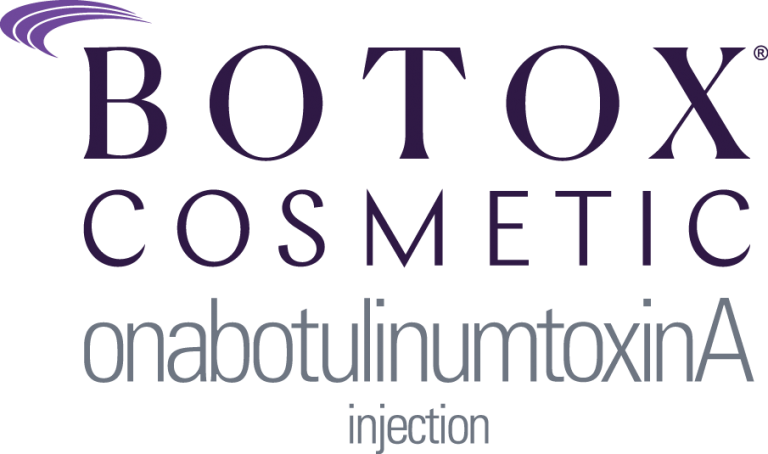
Botox is an injection that improves the appearance of the face by relaxing muscles that cause wrinkles. Botox contains a toxin called botulinum, a neurotoxin that temporarily affects your nerves by blocking muscle contractions.
With age, the skin begins to lose its elasticity, making it look older. Botox uses botulinum to block contractions of muscles in the face temporarily.
Botox works beneath the skin’s surface to reduce repeated muscle contractions like those that occur while squinting, frowning, or raising the eyebrows. These facial contractions cause the skin to fold and furrow, gradually developing lines on the face.
Botox gets injected into the muscles where the most activity occurs, like the forehead and around the eyes, to make you look younger and more awake.
At Virginia Eye Center, our doctors use Botox to treat the areas where wrinkles are most likely to occur, including the forehead and around the eyes. Botox is often the best option for patients looking for a temporary way to look younger without resorting to more permanent methods like cosmetic surgery.
Without maintenance, Botox usually lasts about 3-4 months per injection. However, Botox also has medical uses.
Depending on the location, we use Botox to treat blepharospasms and hemifacial spasms.
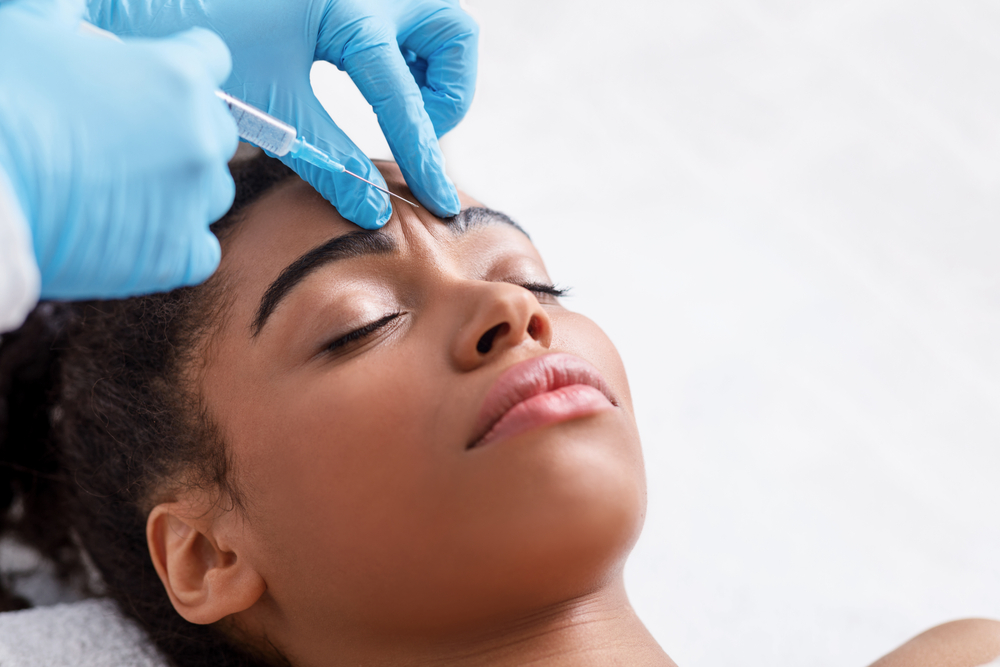
Blepharospasm (benign essential blepharospasm) refers to blinking or eyelid movements like twitching that are out of your control. For most patients, eyelid twitching usually goes away on its own.
However, eyelid twitching may become chronic or more severe over time for people with blepharospasm. If you have blepharospasm, eyelid twitching may become more frequent or cause your eyes to close entirely.
You may also find it more challenging to complete everyday tasks, like driving or reading. You may experience facial twitches in other parts of your face.
Botox treats blepharospasm by treating abnormal spasms of the eyelids. It is injected into the muscle to reduce contractions by blocking signals from the nerves that instruct muscles in the affected areas to contract.
In the same way that Botox freezes muscles to minimize the appearance of wrinkles, it helps reduce spasms in the eye muscles of patients with blepharospasm. Many patients start seeing an improvement in as little as two days after their first Botox treatment, with most seeing maximum results one to two weeks after their first injection.
Hemifacial spasm is a chronic condition and neurological disorder that causes patients to experience involuntary face twitching. The twitches or spasms occur on one side of the face.
These occur because of compressed facial nerves. Patients with hemifacial spasm may initially experience intermittent eye twitching, which then progresses to twitching in other parts of the face.
Patients may notice that the twitching pulls their mouth over to one side. Twitches may also occur continuously over time. Hemifacial spasm may worsen if patients are stressed or tired.
Botox treats hemifacial spasm by relaxing or weakening the facial muscles causing the spasms around your lower face and eyes. Using Botox is an excellent way for patients to manage their condition and get back to enjoying day-to-day activities. Botox injections for hemifacial spasm may last about three to six months.
Are you interested in learning more about Botox? Request an appointment with the experts at Virginia Eye Center in Leesburg, VA, today!
